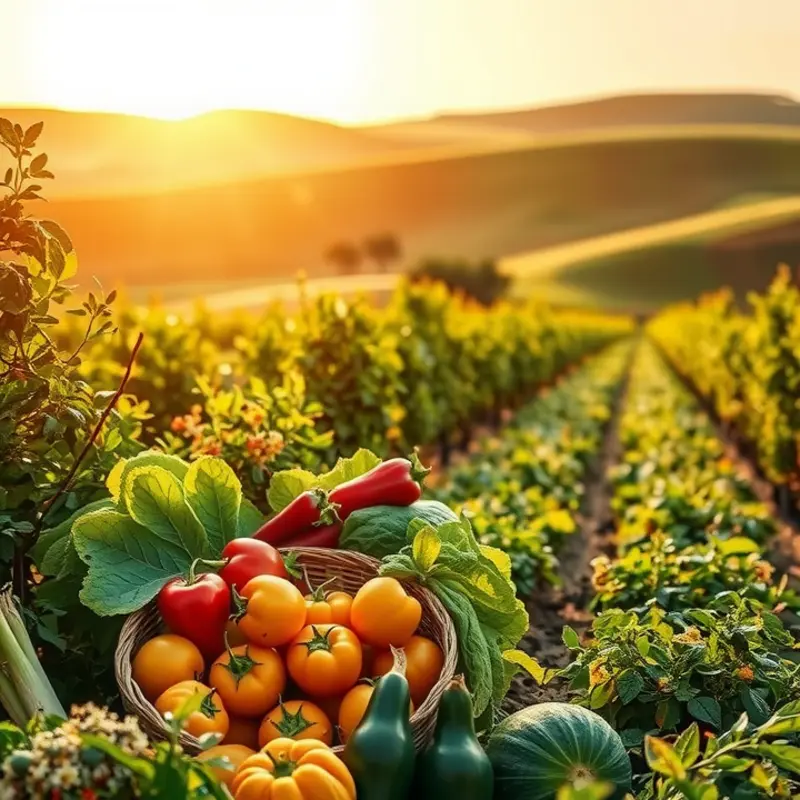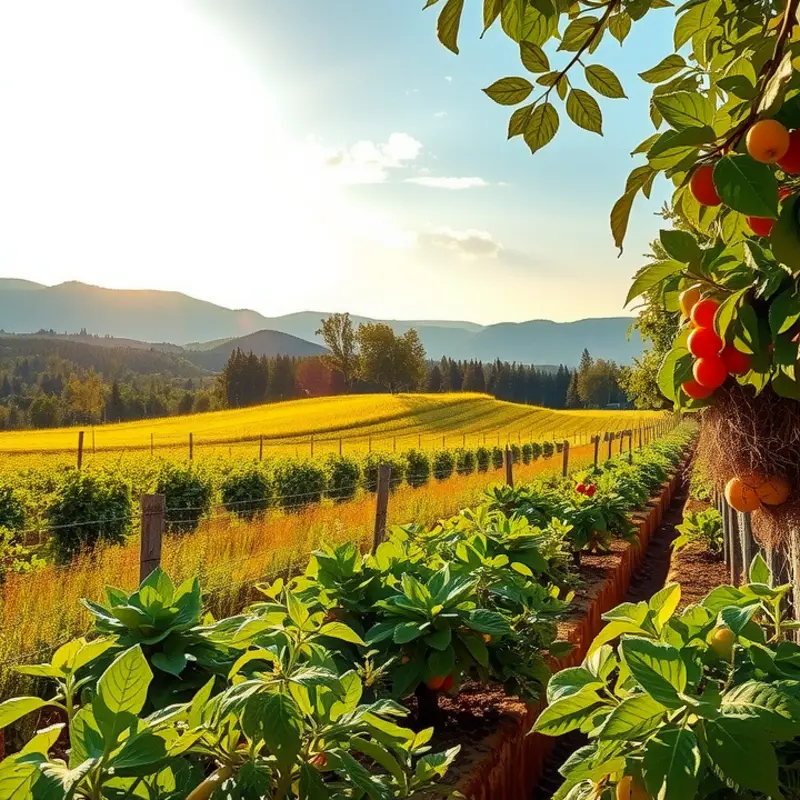Legumes and beans serve as versatile staples in many diets, offering essential nutrients and endless culinary possibilities. They are rich in protein, fiber, and vitamins, making them perfect for health-conscious home cooks. Whether you’re looking to eat plant-based, substitute meat, or simply explore new flavors, understanding how to cook and use legumes can elevate your meals. This guide presents practical insights into legumes, covering essential types, cooking tips, and easy substitutions to simplify your cooking experience.
Understanding Types of Legumes and Beans

Legumes and beans have been staples in diets around the world for centuries. Each variety offers distinct flavors and nutritional benefits, making them invaluable in a balanced diet. This chapter delves into some of the most popular types, including lentils, chickpeas, black beans, and kidney beans, exploring their culinary qualities and health advantages.
Let’s start with lentils. Available in various colors such as green, red, and brown, lentils are quick-cooking legumes that don’t require pre-soaking. Green lentils hold their shape well and have a peppery flavor, perfect for salads and side dishes. Red lentils break down quickly, making them ideal for soups and stews where a creamy texture is desired. Lentils are rich in protein, fiber, and iron, making them a plant-based powerhouse.
Next, we have chickpeas, also known as garbanzo beans. These legumes offer a nutty taste and are incredibly versatile. From the creamy indulgence of hummus to the crunchy delight of roasted chickpeas, they provide protein and fiber, supporting satiety and digestive health. Incorporating chickpeas into dishes like salads or curries can significantly boost the nutritional profile.
Black beans are small, smooth legumes with an earthy, slightly sweet flavor. They perform well in Latin American dishes and are excellent in soups, tacos, or rice bowls. Black beans are packed with antioxidants, which support heart health, and their high fiber content aids digestion. For those exploring plant-based diets, they are an excellent meat alternative due to their hearty texture.
Similarly, kidney beans are a staple in chili and stew recipes. They have a robust texture and slightly sweet flavor that absorb spices wonderfully, contributing to complex dishes rich in depth. They are a great source of plant-based protein, B vitamins, and antioxidants, helping to maintain energy levels and combat oxidative stress.
Cooking with these legumes offers a simple way to diversify meals while focusing on nutrition. They can complement each other in various dishes or serve as the feature ingredient. Additionally, using them as a protein alternative aligns well with sustainable eating practices, highlighted in discussions about minimizing carbon footprints in dietary habits. For more ways to incorporate such principles, consider exploring easy plant-based eating.
Understanding these legumes allows for creative culinary experimentation. They are not only nourishing but also open the door to various global cuisines. By mastering their unique qualities, you can craft flavorful, nutritious meals that align with health and sustainability goals.
Cooking and Substituting with Legumes and Beans

Successfully cooking and substituting legumes and beans can transform your culinary approach, offering endless adaptable recipe possibilities without compromising on taste or nutrition. It all begins with mastering the basics of preparation, which can greatly impact flavor and texture.
Soaking Techniques:
Soaking beans is essential for reducing cooking time and enhancing digestibility. Most beans benefit from an overnight soak, but if you’re pressed for time, try the quick soak method. Bring the beans to a boil in ample water, cover, then let them sit off the heat for an hour. This effectively reduces cooking time while preserving taste.
Boiling and Simmering:
Once soaked, drain and rinse the beans to start fresh. Always use fresh water for boiling as this removes any indigestible sugars that can cause discomfort. Bring the water to a gentle boil, then reduce the heat to maintain a simmer. Cooking times vary by type and size of the legume: for example, lentils usually need only 20–30 minutes, while chickpeas might require up to an hour.
Seasoning and Flavoring:
To avoid toughening, add acidic ingredients like tomatoes or vinegar only after the beans have softened. For a rich flavor infusion, consider adding aromatics like garlic, bay leaves, or herbs early in the cooking process. Salt can also be added towards the end of cooking to enhance the flavor without hindering bean softening.
Substitution Strategies:
Beans and legumes make excellent substitutes in various recipes, providing flexible and nutritious alternatives. For instance, lentils can be a fantastic replacement for ground meat in dishes like Bolognese sauce or tacos. Their earthy taste and substantial texture mimic meat well, while adding fiber and minerals.
Similarly, beans can replace pasta in salads or soups. Try substituting kidney or black beans in your favorite pasta salad recipe for a protein-rich, gluten-free option that won’t compromise on satisfaction.
Chickpeas offer another versatile substitution, especially as a base for salads or veggie burgers. Their firm texture holds flavors beautifully, making them a great canvas for spices and dressings.
Exploring these substitution techniques not only diversifies your meals but also encourages a plant-focused diet. For more ideas on creating quick, minimal-prep plant-based dinners, check out our practical ingredient batching guide.
Incorporating legumes and beans thoughtfully into your cooking can unlock a world of flavor and healthy eating possibilities. With these tips, you’ll enjoy the best of these humble ingredients, optimizing them for both taste and nutrition.
Final words
Legumes and beans are not just nutritious; they also offer an array of flavors, textures, and cooking options that can enhance any meal. By understanding the different types available and mastering simple cooking techniques, you can create delicious and healthy dishes that satisfy your dietary needs and taste preferences. With this guide, you now have the tools to include more legumes in your cooking, whether you’re preparing a hearty stew, a refreshing salad, or a comforting soup. Embrace these versatile ingredients and enjoy exploring all the culinary possibilities they offer.







